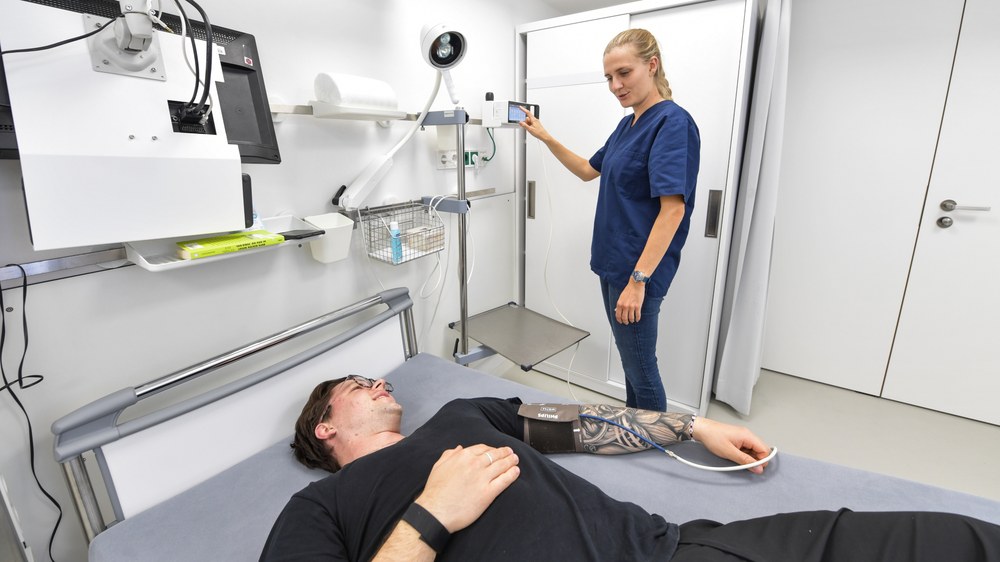Taking a lie-down for science: new NASA bed-rest study begins in the :envihab at DLR

Future crewed space missions will extend far beyond the International Space Station ISS, heading to destinations such as the Moon or Mars. Arriving at these locations entails significantly longer journeys and, once there, astronauts will encounter entirely different conditions once they land. Unlike on Earth, where a large support team is available, astronauts will have to manage independently. This presents a particular challenge as the effects of microgravity on the body can disrupt coordination and balance, among other things. Such impairments increase the risk of injuries from stumbling or unaccustomed movements, potentially jeopardising the mission. To mitigate this risk, we at the German Aerospace Center (DLR) are researching possible countermeasures through various training methods as part of NASA's new bed-rest study, the Sensorimotor Countermeasures Study (SMC).

Following a two-week familiarisation and preparation phase, which included numerous tests and experiments, our test subjects have now taken to their beds. These beds are inclined at a six-degree angle towards the head, where they will remain in a head-down position for a total of 60 days. During this time, all examinations, tests and daily activities such as eating and showering will be conducted lying down. The six-degree head-down tilt causes bodily fluids to shift in a manner similar to what astronauts experience in space. This is why the six-degree head-down position serves as a model for simulating microgravity. Changing the body position affects, for example, the sense of balance, coordination, muscle and bone metabolism and the cardiovascular system. In the current SMC study, our test subjects are testing various training methods to prevent or at least mitigate these effects on the body. A particular focus of the study is on balance, feeling and movement sequences.

Over the next few weeks, various participants in the SMC study will be posting here on the DLR blog. Test subjects, researchers and the various teams that ensure everything runs smoothly will be providing insights into their lives in bed and their work.


Related links
- The aerospace medicine research facility :envihab
- DLR Institute of Aerospace Medicine
Tags:
